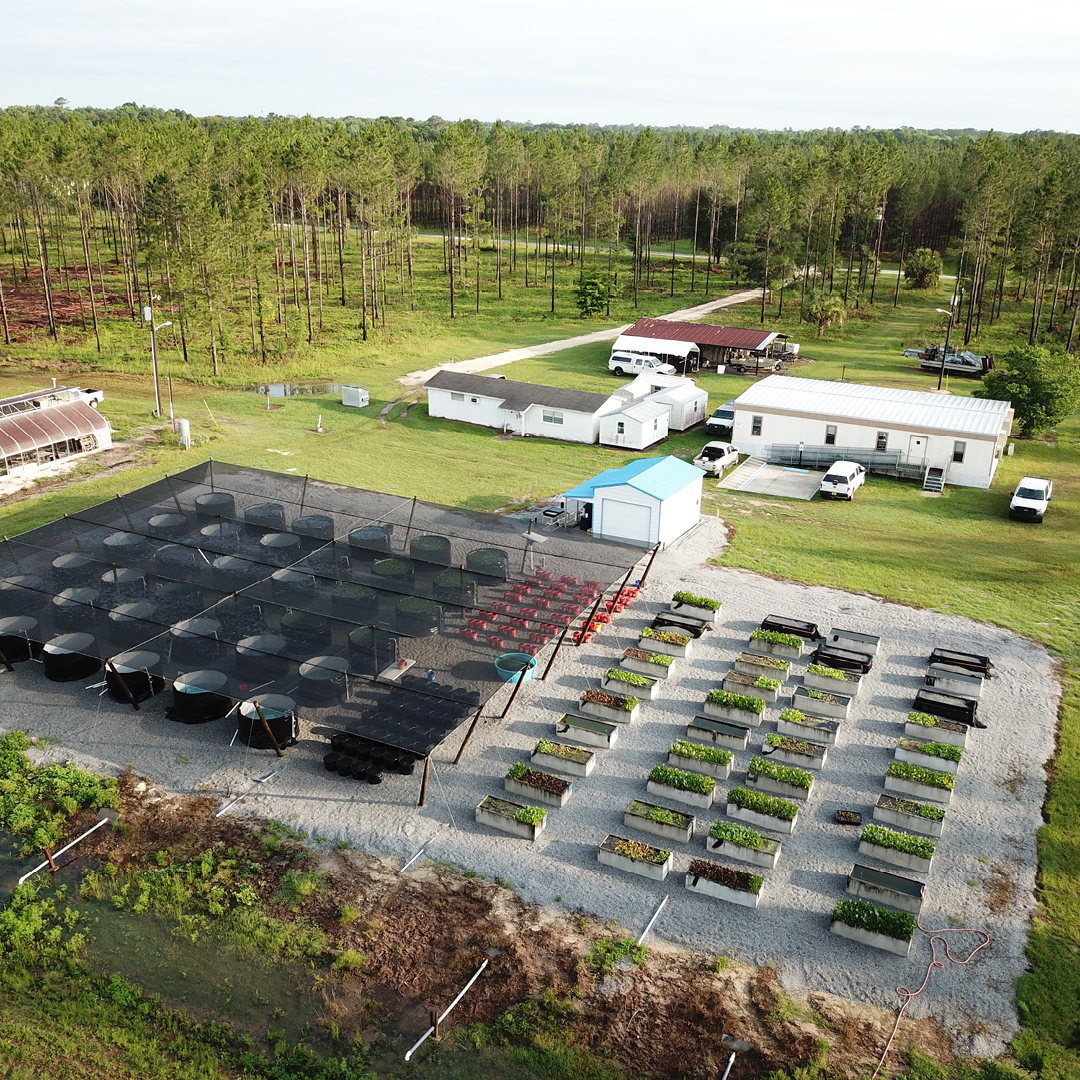What’s the Deal with Invasives in Florida?
The state of Florida is considered a ‘poster child for invasives’ - with its miles of coastline, fifteen ports of entry, thousands of daily visitors, and subtropical climate, many plants can survive and even thrive once they get here. Invasive plants can become problematic because they:
- Reduce desirable native plant populations and biodiversity
- Damage wildlife habitat
- Block navigation and flood control
- Prevent recreational activities (boating, fishing, swimming)
- Reduce tourism and property values
- Clog drinking, irrigation and hydroelectric power water pipes

 Information and Education
Information and Education
